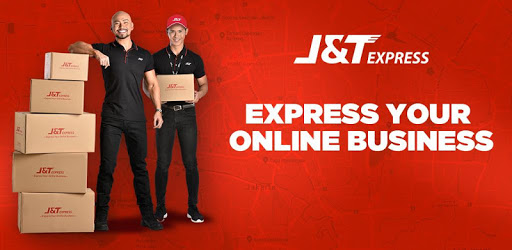
The Performance of E-Commerce Logistics in Southeast Asia in 2021

See what is happening in eCommerce industry.
The Performance of E-Commerce Logistics in Southeast Asia in 2021

Logistics and e-commerce have always been intertwined closely. Shopping online is just one part of the story – the journey it takes to arrive at your hands safe and sound is another tale altogether.
E-commerce is surgingin Southeast Asia, motivated by a growing digital economy, and the Covid-19 has alsoaccelerated that growth. As the sector gets even bigger, the logistics industry is going along for the ride. The logistics market of SEA is expected to be worth over $55 billion by 2025, and it’s transforming in line with the needs of an rapidly rising e-commerce
With such a vibrant e-commerce landscape, several logistics service providers have taken action.
Cainiao, logistics arm of Alibabal, announced plans to expand its warehousing network across South-east Asia, following surging cross-border e-commerce demand, for which the Singles’ Day festival also caters.
Cainiao said it planned to establish a smart warehouse network in Vietnam, Indonesia, Malaysia and Singapore, to be known as cHubs, with a footprint close to 2.5 million sq metres. Eric Xu, general manager of Cainiao Smart Hub, added: “These cHubs enable e-commerce merchants and local businesses in South-east Asia to be at the forefront, providing end-to-end and cost-effective logistics services without traditional middle distribution layers.”
Indeed, Singapore-based J&T Express has also expanded its warehousing network following growing demand for e-commerce shipments. It has opened two new facilities in Singapore, an 82,000 sq ft fulfilment centre in Penjuru and a freight hub at Changi Airport.

The latter also serves as a strategic hub for transhipment within the J&T network, which includes Indonesia, Vietnam, Malaysia, Thailand, the Philippines, Cambodia and China. J&T said it had also launched a network of parcel drop-off points across Singapore to support sellers during the Singles’ Day festival.
Meanwhile, DHL Express has increased its air cargo capacity, via partner airlines, to cater for rising demand.It said a new freighter, operated by K-Mile Asia, was flying six times a week between Hong Kong and Bangkok, adding over 200 tons of weekly capacity. And Air Hong Kong has added a sixth flight rotation to two routes between Beijing, Hong Kong and the Philippines, adding over 1,200 tons of weekly capacity.
Meanwhile, DHL Express has increased its air cargo capacity, via partner airlines, to cater for rising demand.It said a new freighter, operated by K-Mile Asia, was flying six times a week between Hong Kong and Bangkok, adding over 200 tons of weekly capacity. And Air Hong Kong has added a sixth flight rotation to two routes between Beijing, Hong Kong and the Philippines, adding over 1,200 tons of weekly capacity.
Ken Lee, CEO of DHL Express Asia Pacific, said: “As economies recover from the global pandemic and income levels rise, we expect the intra-Asia market to grow substantially, with a corresponding increase in demand for express logistics services propelled by a thriving e-commerce sector.”
The performances in this edition of the e-commerce logistics race have been interesting and we are carefully watching how these companies will fare in 2022. Nevertheless, it is clear that there is a fierce competition waiting for them.
“To have success in ecommerce logistics, you will need to go beyond volume and costs. Having an understanding of seller policies and buyer promise is integral to creating long-term benefits that will delight both sellers and buyers. ”
Andy Huang,
Chief logistics officer, Lazada Group
References:
The evolution of ecommerce logistics in Southeast Asia – Tech in Asia, by Stefanie Yeo
E-commerce boom in South-east Asia drives expansion of express networks – The Load Star, by Sam Whelan
The performances in this edition of the e-commerce logistics race have been interesting and we are carefully watching how these companies will fare in 2022. Nevertheless, it is clear that there is a fierce competition waiting for them.
“To have success in ecommerce logistics, you will need to go beyond volume and costs. Having an understanding of seller policies and buyer promise is integral to creating long-term benefits that will delight both sellers and buyers. ”
Andy Huang,
Chief logistics officer, Lazada Group
References:
The evolution of ecommerce logistics in Southeast Asia – Tech in Asia, by Stefanie Yeo
E-commerce boom in South-east Asia drives expansion of express networks – The Load Star, by Sam Whelan
Unlock the full power of UPFOS and reach your business goals faster.
Get strategic and technical guidance from UPFOS experts.
免费试用
一个平台, 百万种可能.





